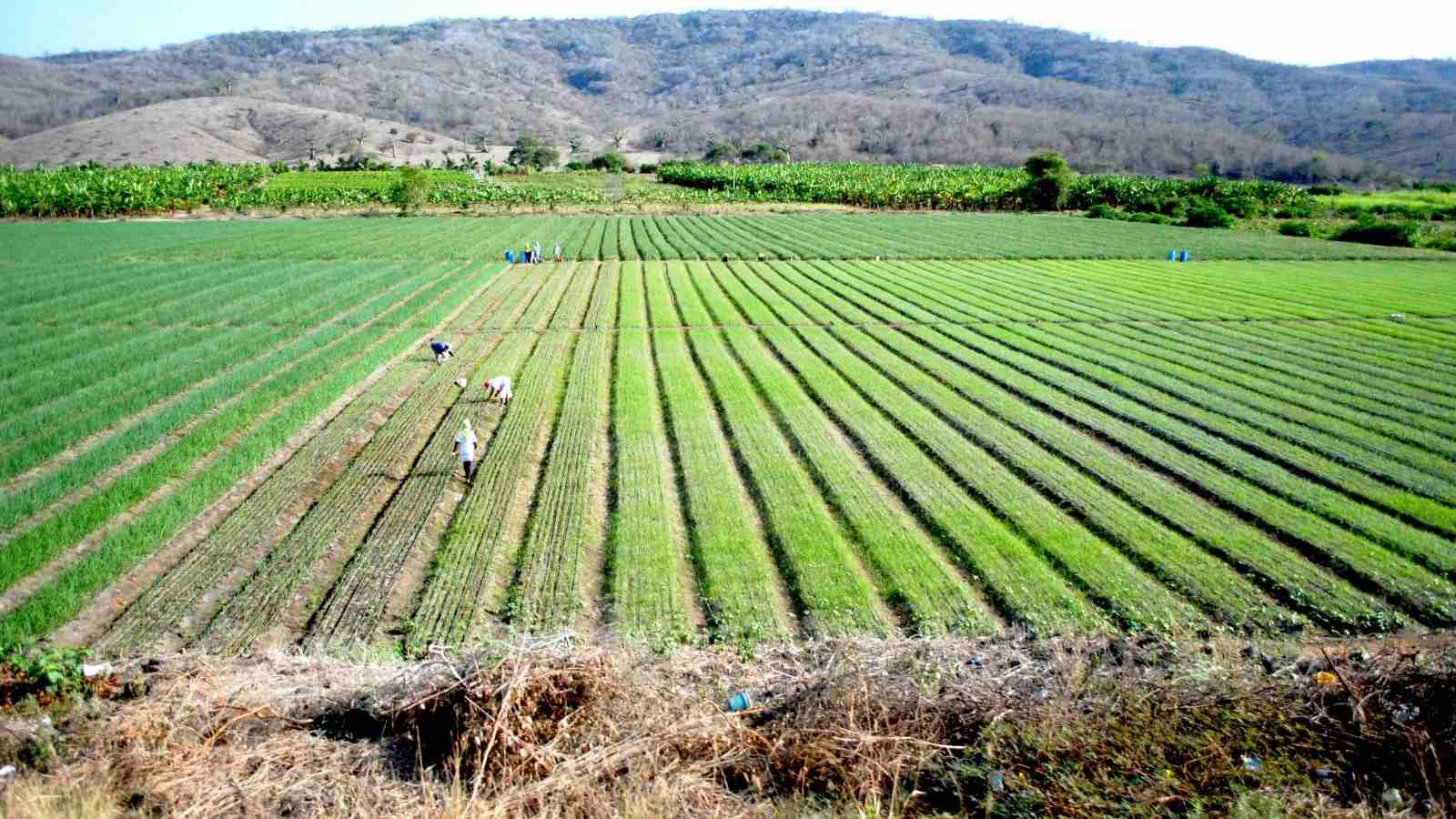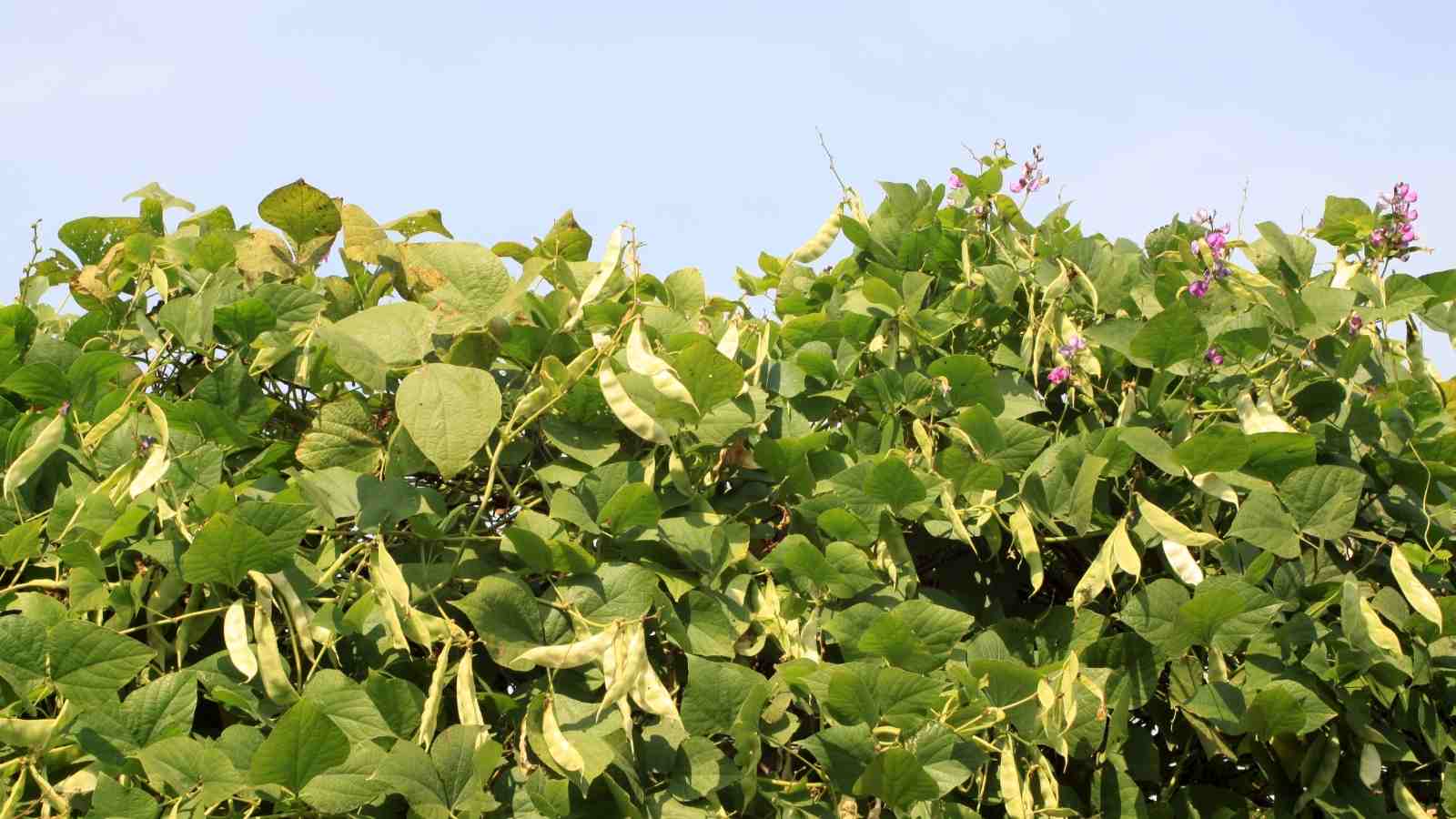Moth bean farming were indigenous to the desert like areas of the country. They initially grew on the minimal resources. Though these crops can be rightly termed as wild crops, yet these are very nutritious. Over the years, owing to its high nutritive value, this crop has become very common. This crop is a creeper and needs proper vertical support for adequate growth.
Moth beans though might look wild yet has beautiful yellow flowers. With thick branches of the tree, this plant not only has yellow tiny flowers but has thick pods also. This plant happens to grow vigorously owing to the fact that each and every pod on an average contains at least 6 seeds. This crop moreover, does not grow up to an exceedingly tall height. Rather, they are of medium height but bushy.

This crop is mainly grown in the arid parts of India and its neighboring nation, Pakistan. Over the years, with a considerable high demand, this crop is being grown in some other drier nations as well. With high level of protein content, this crop is extremely rich in fibre as well. With the better health benefits associated to this crop, not only the demand in the domestic market has risen but the same has increased in the foreign markets as well.
The seeds of this crop comes in a variety of colours like the yellowish brown to whitish green. This crop is called as Math in Gujarati, Bobbarlu in Tamil and Turkish gram in India. Here in, in an elaborated manner, we have described the main facts in order to grow the best moth beans in India.
1. The required climatic conditions to raise a proper yield of moth beans
The moth bean though can grow in the desert like conditions, yet there is a specific range within which the crop can be grown. Likewise, the crop grows the best when raised within 25 degree Celsius to 37 degree Celsius. The farmers must remember that though the crop grows well in this range, yet they can tolerate extreme heat with a temperature up to 45 degree Celsius. The irrigation need not be too regular not too excess. Watering these crops once a week is good enough.
This crop is termed as one of the best ‘drought resistant’ crops. The amount of irrigation can be further cut down with the adequate amount of received rainfall. The most appropriate amount of rainfall for this crop is around 500 mm to 800 mm in a year. Since, these crops are desert crops, they can sustain and grow well even with a rainfall below 500 mm in a year. The moth bean being resistant to both high temperature and less rainfall, can be easily grown in the months of May and June (during the Kharif season). Some varieties of this crop is done in the time of July in the drier parts of the country.
2. The necessary soil requirements to grow moth beans in India

- The soil that is mainly required for the extensive growth of the moth beans is properly drained loamy soils. They can grow easily on sandy soils as well.
- The soil needs to be irrigated well before laying out for planting the seeds.
- The pH of the soil needs to be within the range of 3.7 to 8.9.
- The soil can be tolerant to a slight level of salinity. However, excessive use of chemical fertilisers might lead to increased deposition of salts on the top layer of the soil. This salt deposition might lead to the spoilt growth of the crop. This in turn cuts down the productivity of the crop.
- The usage of organic manure is mostly advised. The farmers can make use of poultry waste or cow dung mixed with straw to cater to the farm yard manure of the soil.
- To prepare the soil well in advance, one deep ploughing is required. The ploughing needs to be combined with a couple of harrowing to provide a properly tilled soil to raise moth beans easily.
3. The common pests and diseases that harm the overall productivity of the moth beans in India
The moth beans as an overall crop is quite a pest resistant crop. However, pests like Mung bean yellow virus and Macrophomina phaseolina tend to hinder the overall growth of the crops. Thereby, making the diseases like seedling blight and rotting of roost extremely easy in the crop. To eliminate the pests, various organic and inorganic pesticides can be sprinkled on a regular basis.
Hopefully, these facts will be beneficial for the farmers to grow better moth beans with a higher yield.
